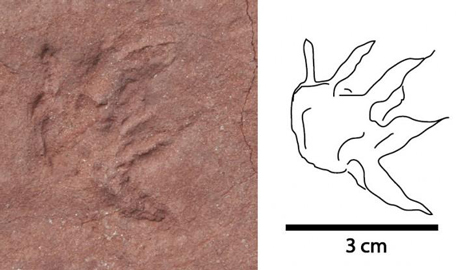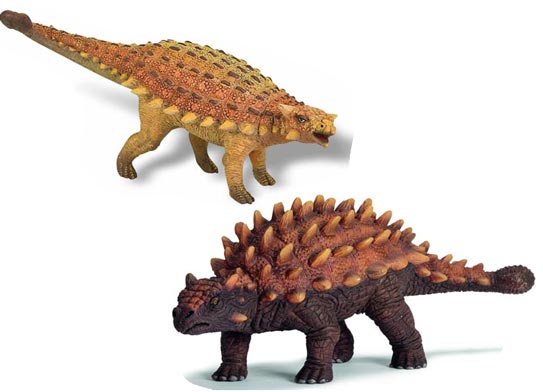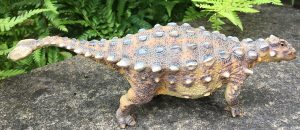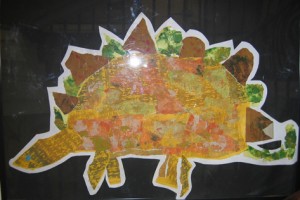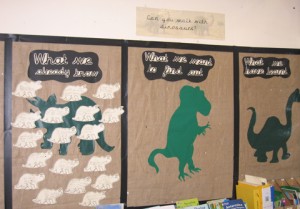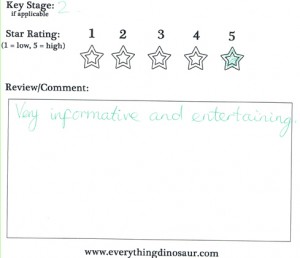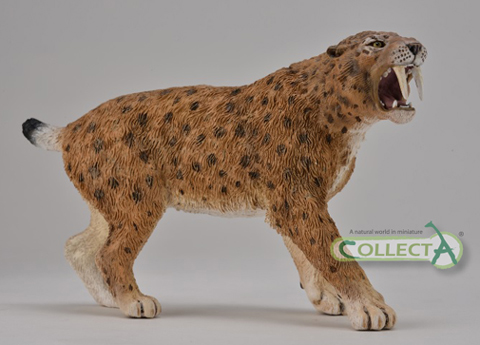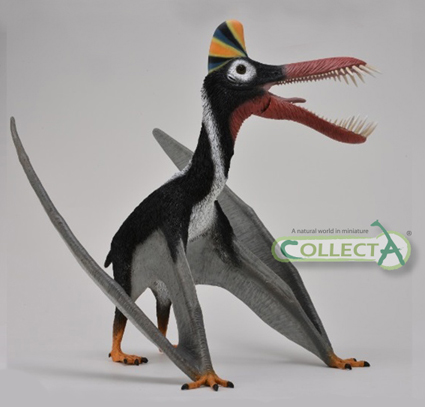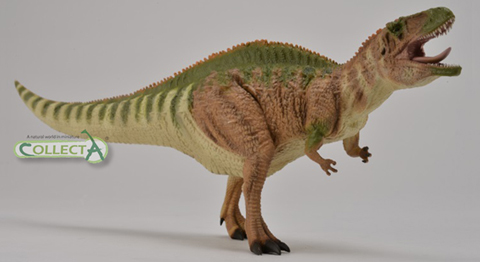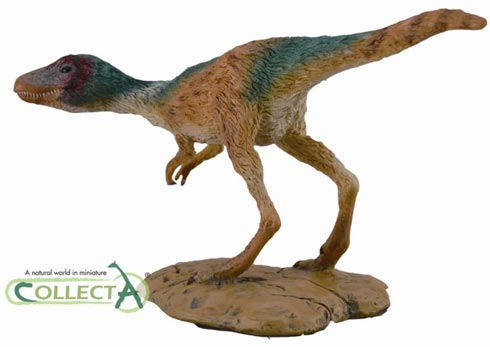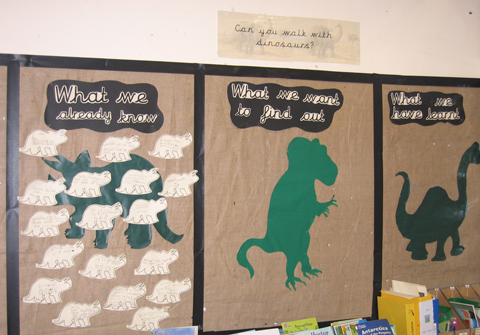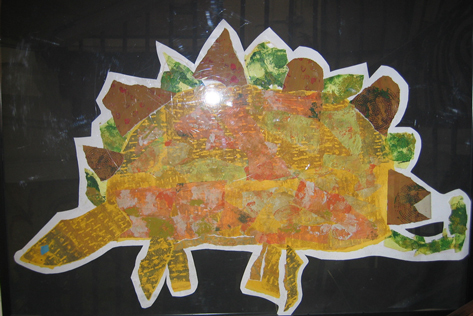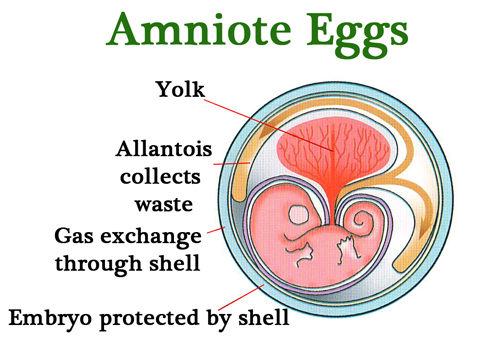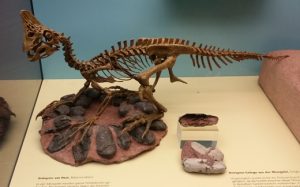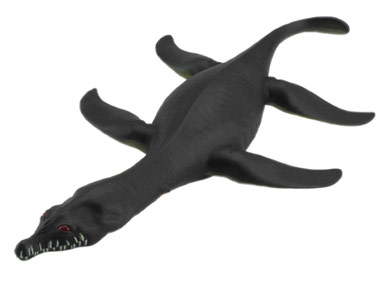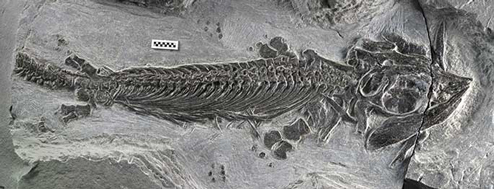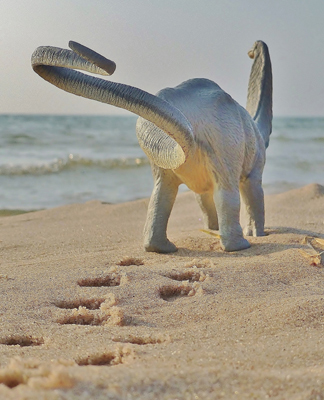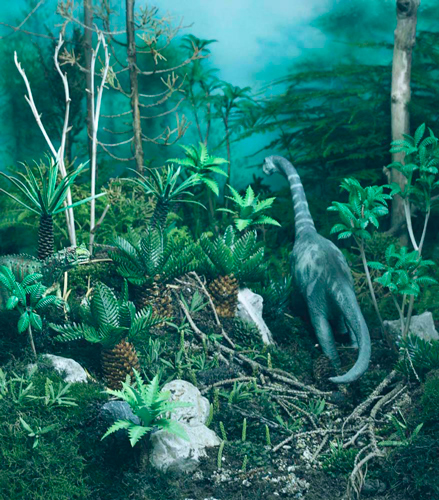Researchers Report on Cretaceous Trace Fossils From Angola
Important Prehistoric Animal Tracks Discovered in Angola
Amongst the many exciting news stories that have come out of the annual Society of Vertebrate Palaeontology meeting held this week in Berlin, is the report from the Paleo Angola Project about the discovery of extensive vertebrate tracks preserved in sediment that now makes up part of a diamond mine in north-eastern Angola.
A New Frontier for Palaeontology
Angola is one of the new frontiers for palaeontology. This vast, yet underdeveloped country in southern Africa is believed to contain a number of Mesozoic aged, highly fossiliferous deposits and it is likely that any dinosaur fossils excavated from this country are likely to be species new to science.
Researchers Map the Trace Fossil Locations
Picture credit: Paleo Angola Project
The picture above shows an aerial view of some of the trace fossils with their locations highlighted by the research team. Dinosaur tracks are highlighted in the centre and on the right of the photograph, whilst the mammalian tracks can be seen highlighted towards the bottom left portion of the picture.
Angolan Fossil Exploration
To read an article from Everything Dinosaur about Angolan fossil exploration: Angola Starts to Share its Fossil Secrets.
In a report to the Society of Vertebrate Palaeontology, researchers from the Paleo Angola Project described a location in the silt and sand deposits that represents a lacustrine (lake) environment dating from approximately 118 million years ago (Aptian faunal stage). Approximately, seventy distinct footprints have been identifed so far. These trace fossils represent footprints made by sauropod dinosaurs, crocodiles and a relatively large prehistoric mammal. The mammal print is particularly intriguing.
Most mammals during this part of the Cretaceous were very small, no bigger than rats, but the five-toed print measuring more than three centimetres across indicates that a mammal the size of a Bedlington Terrior dog or a North American Raccoon. The scientists stated that the tracks were probably made over a substantial period of time, as the lake dried out over several seasons.
A Close Up and Line Drawing of a Single Mammalian Print
Picture credit: Paleo Angola Project
Studying the Mammalian Track
The mammalian track suggests that in at least this part of Africa, mammals were much larger than previously thought. The mammal track has been described as “a very rare find.”
Working out what kind of mammal left the rare footprints may not be possible, after all, no body fossils have been found.
Commenting on the discovery, Marco Marzola, one of the palaeontologists with the Paleo Angola Project explained:
“We cannot narrow down to a species but we can say what they [the footprints] do belong to. They were made by an exceptionally large mammal, that we can say for sure.”
Cretaceous Trace Fossils
In the same location, eighteen sauropod tracks have been discovered, the Paleo Angola Project team have already named and described one giant, long-necked dinosaur that once roamed Angola. The fossils of this dinosaur were found in marine sediments. It is likely that the corpse floated out to sea and there is evidence preserved on the fossilised bones of feeding from sharks, that were scavenging the carcase.
To read about the discovery of Angola’s first dinosaur: Angolatitan – Dinosaur that Ended Up as Fish Food.
Praising the action of the consortium which owns the diamond mine (Catoca mine, the fourth largest diamond mine in the world), the scientists said that the mine owners stopped all activity at the mine to allow the researchers to map and plot the trace fossils. The mine owners put the promotion of vertebrate palaeontology in Angola ahead of their own desire to make money.



